• You will have to use the ‘authenticationElement’ within your ASP.Net application to identify the users who view your application by using either the ‘configuration Element’, ‘system.web Element’ or ‘authentication Element’ in the application schema along with the attributes and child elements such as ‘mode, forms, passport’ as shown below which needs to be edited in the ‘web.config’ file of the application: -
<authentication mode="Windows">
<forms
name=".ASPXAUTH"
loginUrl="login.aspx"
defaultUrl="default.aspx"
protection="All"
timeout="30"
path="/"
requireSSL="false"
slidingExpiration="true"
cookieless="UseDeviceProfile" domain=""
enableCrossAppRedirects="false">
<credentials passwordFormat="SHA1" />
</forms>
<passport redirectUrl="internal" />
</authentication>
• Once, the above authentication element schema is implemented, this will ensure that the user gets logged out after the specified period of inactivity. Also, along with the above, you can also configure the ‘app's cookie’ in ‘Program.cs’ by calling the ‘ConfigureApplicationCookie’ class as below by calling the ‘AddIdentity’ or ‘AddDefaultIdentity’ parameters as shown below: -
builder.Services.ConfigureApplicationCookie(options =>
{
options.AccessDeniedPath = "/Identity/Account/AccessDenied";
options.Cookie.Name = "YourAppCookieName";
options.Cookie.HttpOnly = true;
options.ExpireTimeSpan = TimeSpan.FromMinutes(60);
options.LoginPath = "/Identity/Account/Login";
// ReturnUrlParameter requires
//using Microsoft.AspNetCore.Authentication.Cookies;
options.ReturnUrlParameter =
CookieAuthenticationDefaults.ReturnUrlParameter;
options.SlidingExpiration = true;
});
Wherein the ‘ExpireTimeSpan’ is duration after which the cookie will expire and ‘SlidingExpiration’ will tell the parent handler, i.e., ‘ConfigureApplicationCookie’ and ‘authentication Element’ in the application schema to issue a new cookie with the configured expiration time. Thus, by implementing the above, you can configure the inactivity timeout in your ASP.Net application.
For more information, kindly refer to the below links for clarification: -
https://learn.microsoft.com/en-us/previous-versions/dotnet/netframework-4.0/532aee0e(v=vs.100)?redirectedfrom=MSDN
https://learn.microsoft.com/en-us/aspnet/core/security/authentication/identity-configuration?view=aspnetcore-6.0&viewFallbackFrom=aspnetcore-2.1

